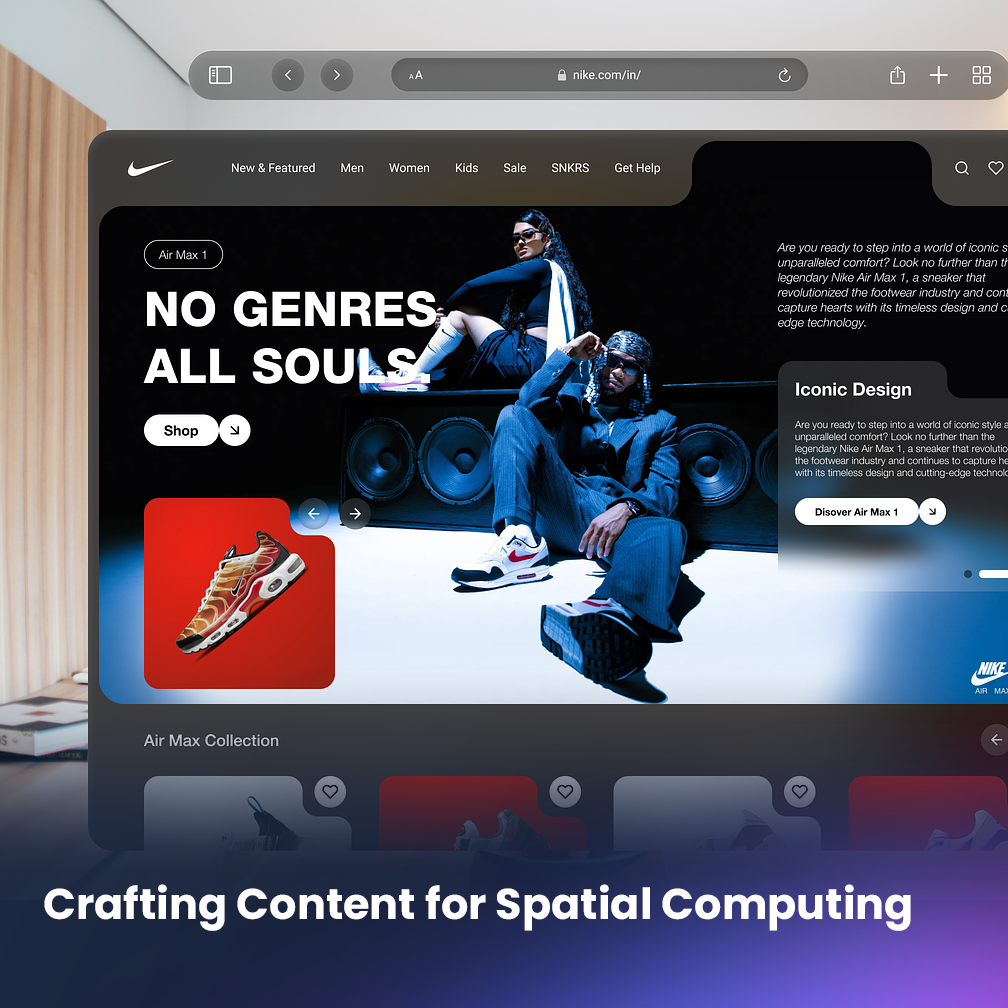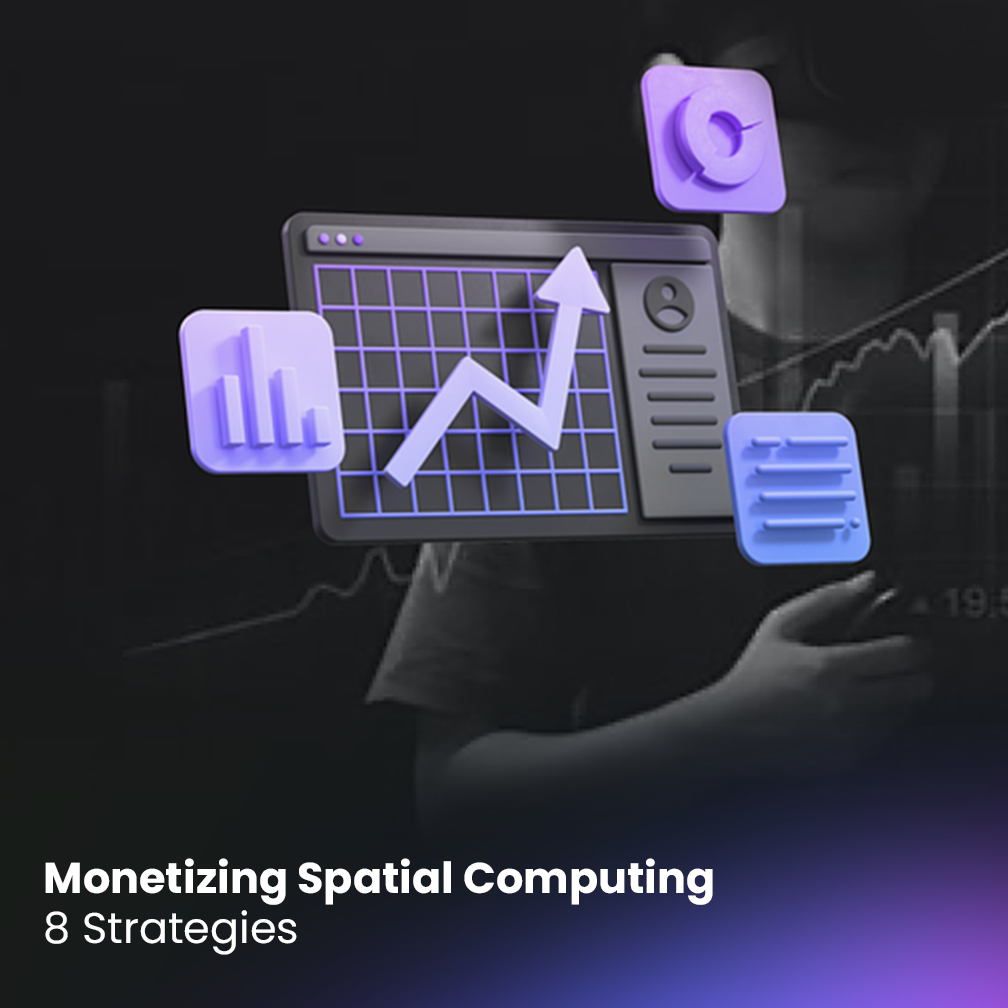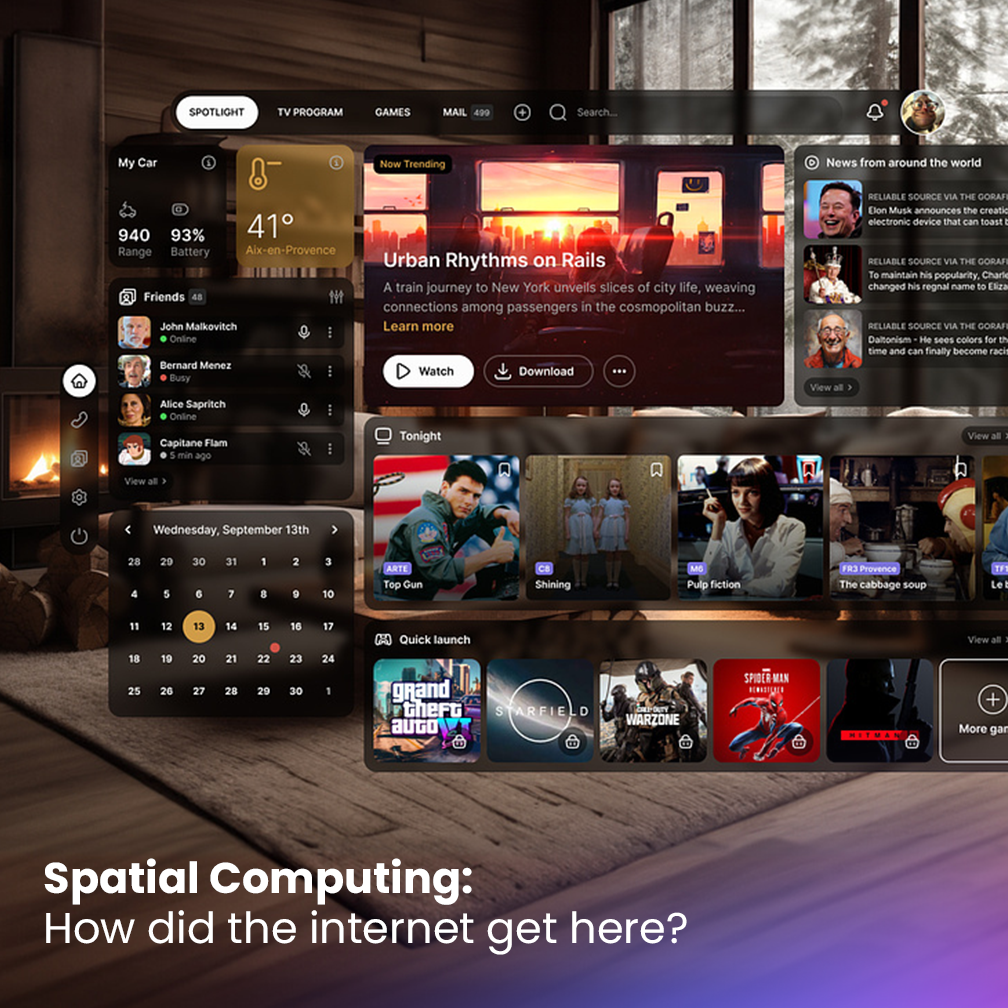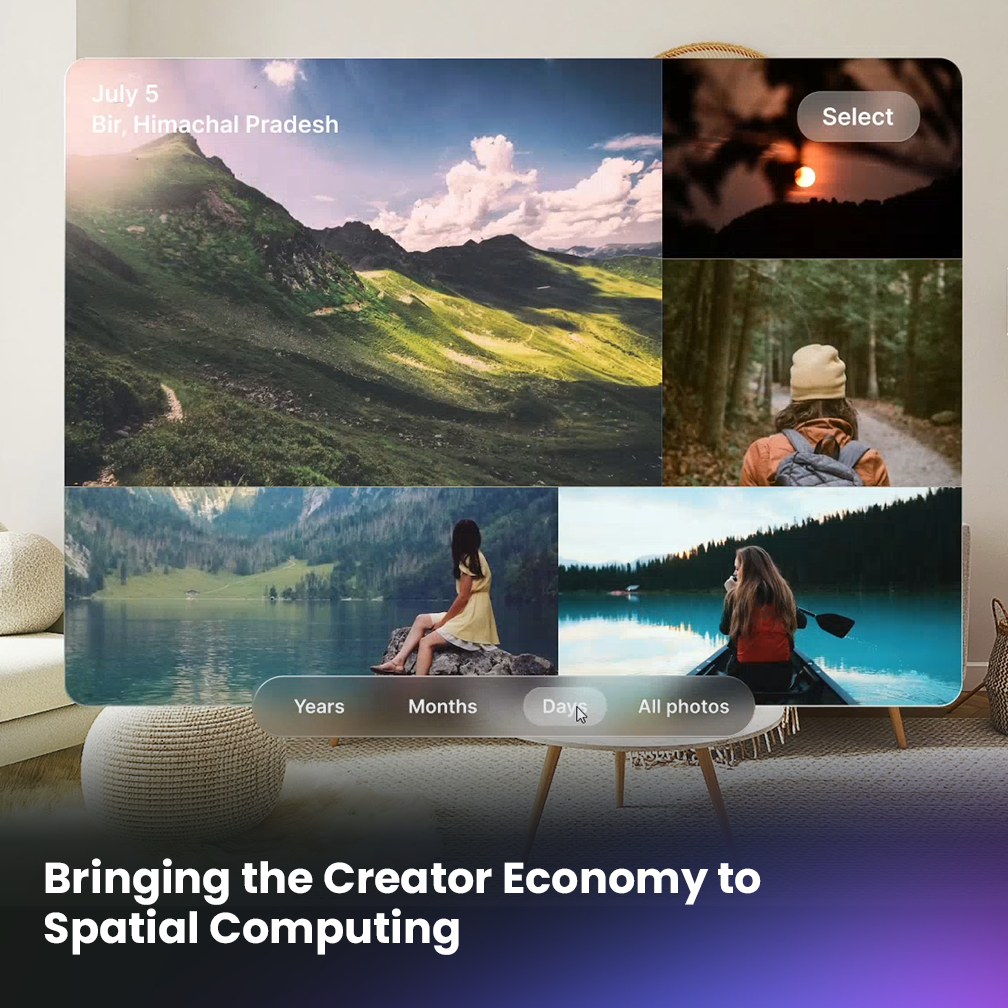
Introduction
Spatial computing is an emerging platform for immersive experiences that is rapidly gaining popularity. As creators flock to spatial computing to build and share their content, the question of how to monetize that content becomes increasingly important. In this post, we’ll explore some of the different ways that creators can monetize their spatial computing content.
The following areas should serve as guidelines when developing content:
• Immersion – The content must draw people into the world and make them feel like they are truly there. This could include using advanced graphics and audio, creating realistic simulations, or integrating virtual reality elements such as haptics.
Immersion is a key factor in creating content for spatial computing. Immersive experiences allow users to feel like they are truly in another world and help them become emotionally invested in the story you’re telling. To create an immersive experience, consider using advanced graphics and audio, creating realistic simulations, or integrating virtual reality elements such as haptics. You should also focus on providing details that make the environment feel lifelike and believable, such as adding realistic weather effects or having NPCs behave differently depending on the situation. By making sure to employ immersive techniques when designing your virtual worlds, you can create powerful experiences that will keep people coming back!
• Engagement – To maximize engagement levels, consider implementing features that will keep users coming back such as quests or mini-games. Make sure the content is regularly updated with new features, stories, and challenges.
Engagement is another important element of content creation for spatial computing. To keep players engaged in your virtual world, you should create interesting and challenging missions or activities. You can also design interactive elements such as puzzles that require creativity to solve and give players a sense of accomplishment when they complete them. Additionally, you should try to make sure the story you’re telling progresses naturally and keeps people hooked with unexpected twists and turns. By creating engaging content, you can ensure that users will stay invested in your virtual world!
• Interactivity – The more users can interact with virtual objects in spatial computing, the more immersive it will feel. Consider ways to make interactions more meaningful such as allowing users to build structures or use tools to craft items.
Interactivity is an essential part of creating content for spatial computing. Allowing users to interact with objects in a realistic way makes them feel as if they’re in a real-world environment. You can do this by designing objects that behave realistically when interacted with them, such as allowing users to pick up, move, and manipulate items. Additionally, you should consider creating mini-games or interactive puzzles that require user input to progress. By providing players with realistic interactions and engaging activities, you can ensure your virtual world feels alive!
• Accessibility- Accessibility is an important factor to consider when developing content for spatial computing. The goal should be to make sure everyone has access to the same immersive experiences regardless of their physical abilities or disabilities. To do this, you should design interfaces that are easy to use and understand and provide visual, auditory, and tactile cues to help users navigate their environment. Additionally, you should consider providing subtitles or other forms of text to aid those with hearing impairments in understanding the story being told. By ensuring your content is accessible to all types of users, you can create experiences that are truly inclusive!
In addition to these guidelines, always keep accessibility in mind when creating content for spatial computing. Design your experiences so that they are accessible to all types of players regardless of physical abilities or financial constraints.
By using these guidelines and keeping accessibility in mind, you will be able to create an unforgettable experience for people exploring and interacting with virtual worlds in spatial computing.
Monetizing content creation for Spatial Computing
There are many ways you can create and monetize your work in spatial computing. From selling virtual goods to charging for events, it is relatively easy to monetize content in spatial computing given that the Creator Economy has extended to spatial computing already.
Here are some ways to monetize your Spatial Computing Content:
Selling Virtual Goods
One of the most popular ways to monetize spatial computing content is by selling virtual goods. This can include things like clothing, accessories, furniture, and even virtual real estate. Many spatial computing platforms have their own built-in marketplaces where creators can sell their goods, often for cryptocurrency.
The key to successfully selling virtual goods in spatial computing is to create high-quality, visually appealing items that people will want to buy. This often involves mastering the art of 3D modeling and texture mapping, as well as understanding the trends and preferences of the spatial computing community.
Charging for Access to Experiences
Another way to monetize spatial computing content is by charging for access to experiences. This can include everything from virtual concerts and events to games and other interactive experiences. Creators can charge a one-time fee or a recurring subscription fee for access to their content.
The advantage of charging for access to experiences is that it can provide a more stable source of revenue than selling virtual goods. However, it also requires creators to continually create new content to keep subscribers engaged.
Integrating with Blockchain-Based Systems
Blockchain-based systems are becoming increasingly popular in spatial computing as a way to monetize content. Unique digital assets can be bought and sold on blockchain marketplaces like OpenSea and Rarible.
In spatial computing, creators can use digital tokens to sell unique digital assets like one-of-a-kind virtual items, limited-edition experiences, and even ownership rights to virtual spaces. The use of blockchain-based systems can provide creators with more control over their content and revenue streams, while also enabling new forms of ownership and investment in spatial computing.
Other Monetization Strategies
Beyond these main strategies, there are also other ways that creators can monetize their spatial computing content. Some creators offer consulting or design services to other creators or businesses looking to build their own spatial computing experiences. Others leverage sponsorship and advertising deals with brands looking to reach spatial computing audience.
Ultimately, the key to successfully monetizing spatial computing content is to understand the unique characteristics of the platform and its audience. Spatial computing is a new and rapidly evolving space, and creators who are able to adapt and innovate will be best positioned to succeed.
Creating content for spatial computing requires creativity, thoughtfulness, and consideration. Immersion, engagement, interactivity and accessibility should be at the forefront of your design process to ensure everyone has the same opportunity to experience your virtual worlds. By following these guidelines and keeping these factors in mind when developing content for spatial computing, you can make sure your creations bring people together in powerful new ways! Let’s continue to explore the possibilities of virtual reality.
Conclusion
As spatial computing continues to grow and evolve, monetizing content will become increasingly important for creators. Whether it’s selling virtual goods, charging for access to experiences, or leveraging blockchain-based systems, there are a variety of strategies that creators can use to generate revenue in spatial computing. By understanding the unique characteristics of the platform and its audience, creators can build sustainable businesses and engage with a growing community of spatial computing enthusiasts.








